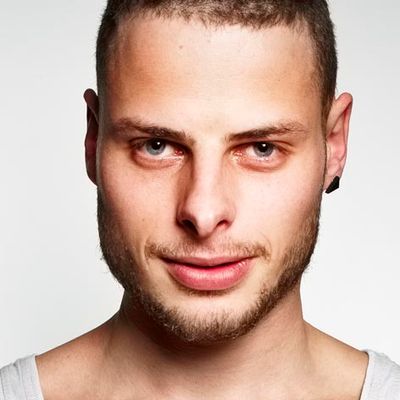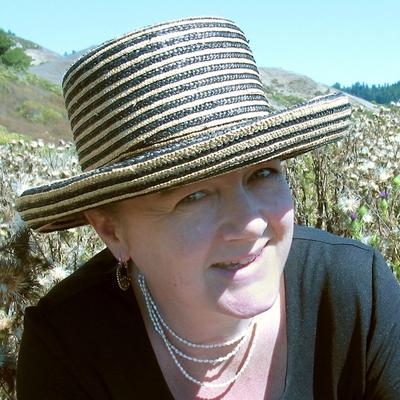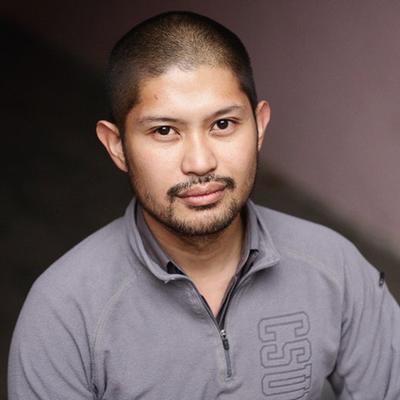Biomodd [NYC4]
![Biomodd [NYC<sup>4</sup>]](https://cdn.sanity.io/images/t39t9igo/production/dfc73cd9c7c3906cf942d46391bf2f8a7fac01f5-810x1080.jpg?w=1152)
resources | |
|---|---|
| ReGeneration: Artists on Cultural Sustainability | |
| Biomodd [NYC4]: Article on Vice magazine | |
| Biomodd [NYC4]: Interviews with Ben Garthus, Isabelle Smeets, Zach Smart and Angelo Vermeulen | |
| Biomodd [NYC4]: Interview by ConsumerEyes with Angelo Vermeulen | |
| Biomodd [NYC4] Reflections on ReGeneration | |
Biomodd [NYC4] was commissioned by curator Steve Dietz for the art show 'ReGeneration' at the New York Hall of Science in NYC. Community building around the project started in late 2011, and the final result of the project was on display from October 2012 till January 2013. For this monumental project Biomodd collaborators from Belgium, the Netherlands and the Philippines joined the team in NYC. This particular Biomodd version used the ‘spaceship’ as a metaphor for its physical integration in the architecture of NYSCI. The goal for Biomodd [NYC4] was to create a system in which there’s a two-way communication between living biology, and the virtual world running on the computer network. The community worked on the idea of full integration, to ‘empower’ both realities to directly influence and re-configure each other. It allowed plants to morph, inhibit or strengthen aspects of the virtual world, while at the same time empowering that virtual world to physically manipulate the ecosystem (through robotics). Food was another important element in this Biomodd. This was the first time in which every single plant was edible, essentially meshing the idea of (experimental) urban gardening with Biomodd. This led to a partnership with Immigration Movement International and hosting workshops with them on urban gardening and cooking with locally grown food. Biomodd [NYC4] also supplied energy from sustainable resources using a solar system for the first time. Partners New York Hall of Science Immigrant Movement International Parsons The New School for Design
Ben Garthus, Jason Gaspar, Marco Antonio Castro, Bruno Kruse, Katherine Moriwaki, Karla Calderon, Nisma Zaman, Lucas Caesens, Hannah Pinson, Steffi Sturm, Claude Oprea, Michael Cosaboom, Aisen Caro Chacin, Bernardo Schorr, Claude Mark Wilson, Eric Siegel, Jason Gaspar, Joohee Park, Joseph Volpe, Lola Ye, Maria Mendez, Noa Dolberg, Steffi S, Steve Dietz, Taezoo Park, Tamara Sabler, Tian Xie, Vivian Xu, Zach Smart, Angelo Vermeulen, students of The School of Art, Media and Technology at Parsons, participants of Immigrant







